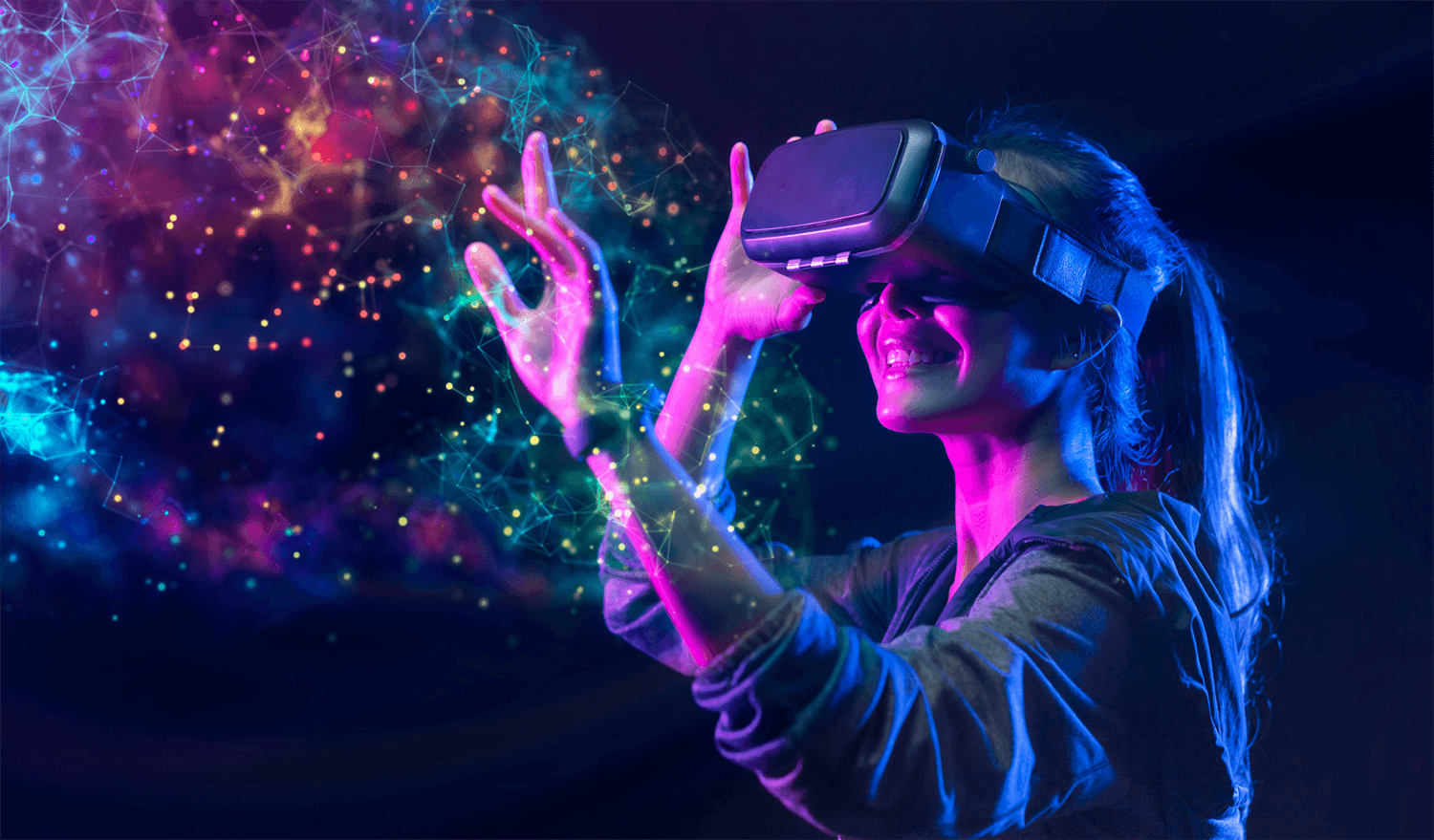Tube Rank: Your Guide to Video Success
Discover tips and insights for optimizing your video presence.
Augmented Reality: Where the Real World Meets Your Imagination
Discover how augmented reality blends the real world with your wildest dreams. Explore the future today!
Exploring the Boundaries: How Augmented Reality Transforms Our Perception of Reality
Augmented Reality (AR) is revolutionizing the way we interact with and perceive the world around us. By overlaying digital information onto the physical environment, AR blurs the line between reality and the virtual realm, allowing users to engage with their surroundings in unprecedented ways. For instance, applications like Pokémon GO have demonstrated how AR can transform mundane locations into vibrant worlds filled with interactive experiences. This fusion of the digital and physical not only enhances entertainment but also modifies how we learn, work, and socialize, showcasing the remarkable potential of AR to reshape our understanding of reality.
The implications of this transformation extend far beyond gaming. In sectors such as education, healthcare, and retail, Augmented Reality serves as a powerful tool that enhances comprehension and engagement. Students can now visualize complex concepts with 3D models layered into their physical classroom, while medical professionals utilize AR for surgical training simulations that offer a lifelike experience without risks. Furthermore, retailers leverage AR to provide virtual try-ons and immersive shopping experiences, bridging the gap between traditional in-store experiences and online convenience. As we continue to explore these boundaries, the role of AR in transforming our perception of reality becomes increasingly evident, opening doors to possibilities we have yet to imagine.

Top 5 Applications of Augmented Reality in Daily Life: Enhancing Experiences
Augmented Reality (AR) is rapidly transforming how we interact with the world around us. One of the most prominent applications of AR is in retail and e-commerce. Brands are leveraging AR technology to create virtual fitting rooms and interactive product displays, allowing consumers to visualize products in their own space before making a purchase. For instance, furniture retailers like IKEA utilize AR apps that enable customers to see how a piece of furniture would look in their home, effectively improving the shopping experience and reducing return rates.
Another significant application of Augmented Reality is in the field of education. AR brings textbooks to life by providing immersive experiences that enhance learning. By using AR-enabled apps, students can engage with 3D models of complex subjects, from anatomy to astronomy, making learning not only more enjoyable but also more effective. This innovative technology fosters a deeper understanding of the material, opening new avenues for educational engagement and knowledge retention.
What is Augmented Reality and How Does It Work?
Augmented Reality (AR) is a cutting-edge technology that superimposes digital information—such as images, sounds, or other types of data—onto the real world to enhance the user’s perception of their environment. Unlike Virtual Reality (VR), which creates a completely immersive experience separate from the physical world, AR enriches the real-world experience by layering digital content over it. By utilizing devices such as smartphones, tablets, or specialized AR glasses, users can interact with both digital elements and their surroundings in real time.
So, how does it work? AR operates through several key components: sensors, software, and displays. The process begins with sensors that detect the physical environment and track the user’s movements. The data collected is then processed by AR software, which analyzes the information and determines how to overlay digital content seamlessly onto the physical world. Finally, this enhanced data is displayed on a device screen or through AR glasses, allowing users to engage with the augmented visuals as if they were part of their actual surroundings.